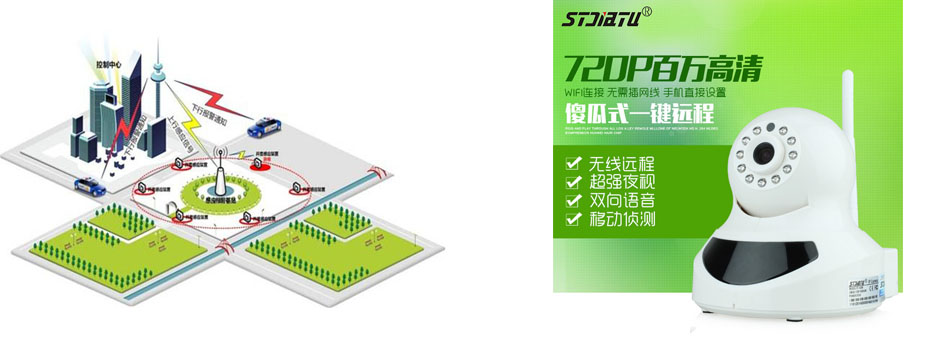熱泵的工作原理
Working principle of heat pump
圖片
picture
根據(jù)熱力學(xué)第二定律,熱可以自發(fā)地由高溫物體傳向低溫物體,而由低溫物體傳向高溫物體則必須作功,正如水能夠通過水泵從低處向高處流動一樣,熱泵系統(tǒng)實現(xiàn)了把能量由低溫物體向高溫物體的傳遞,它是以花費一部分高質(zhì)能(耗電)為代價,從自然環(huán)境中獲取能量,并連同所花費的高質(zhì)能一起向用戶供熱,也就是說熱泵的供熱量永遠大于所消耗的功量,所以是綜合利用能源的一種很有價值的措施。
According to the second law of thermodynamics, heat can be spontaneously transferred from high-temperature objects to low-temperature objects, and work must be done to transfer from low-temperature objects to high-temperature objects. Just as water can flow from low to high through water pumps, the heat pump system realizes the transfer of energy from low-temperature objects to high-temperature objects. It obtains energy from the natural environment at the cost of spending part of high mass energy (power consumption), Together with the high-quality energy spent, it provides heat to users, that is to say, the heat supply of the heat pump is always greater than the work consumed, so it is a very valuable measure for comprehensive utilization of energy.

